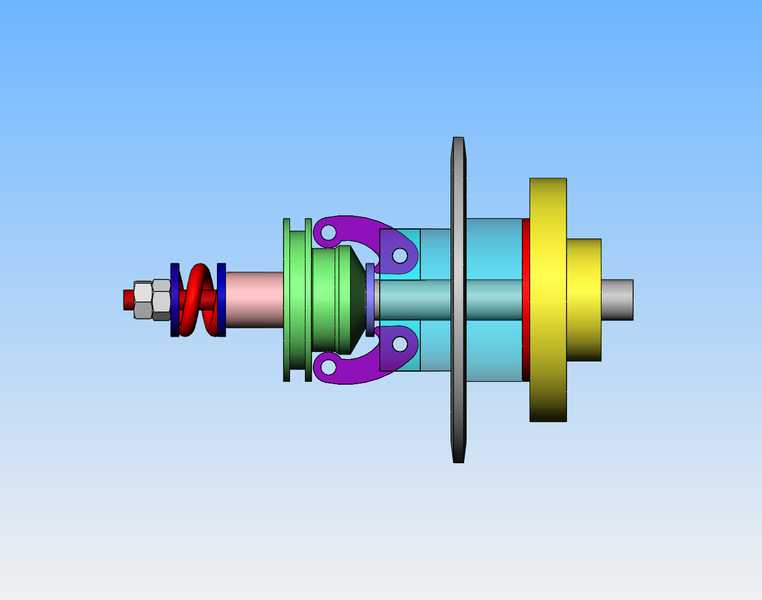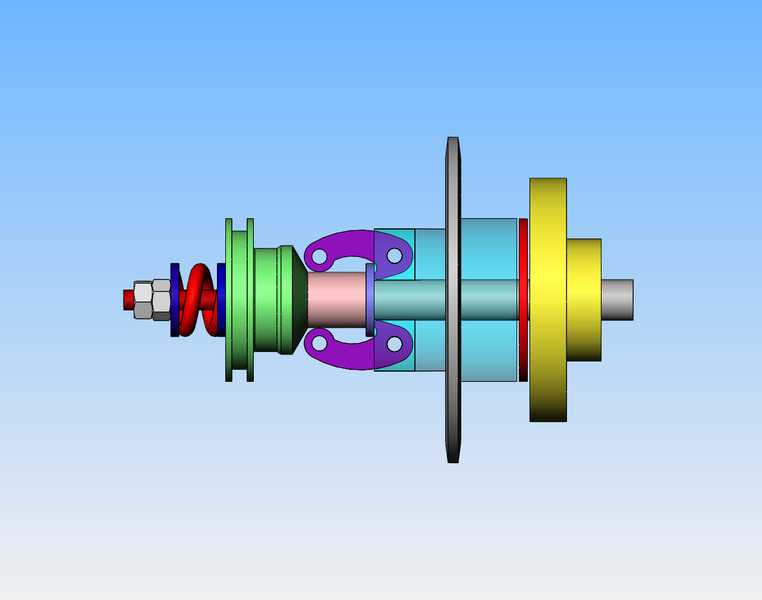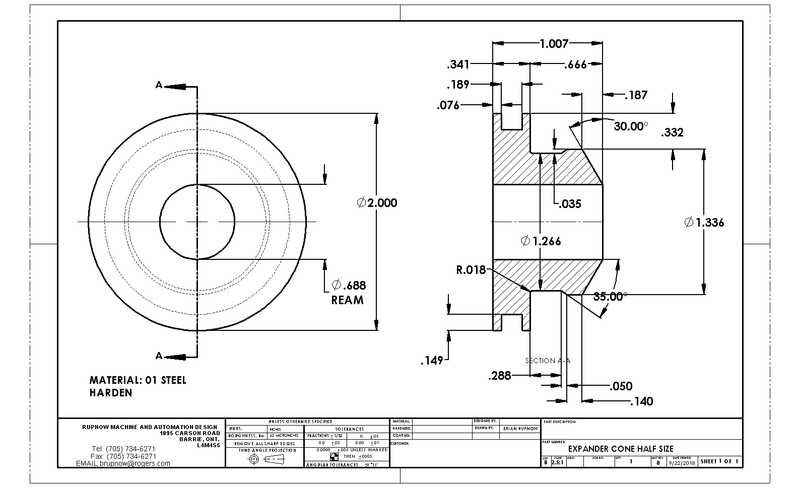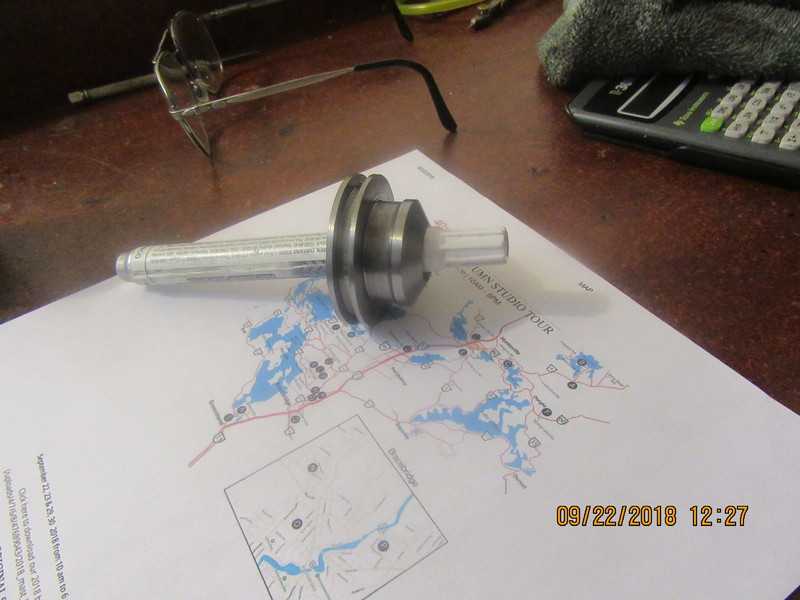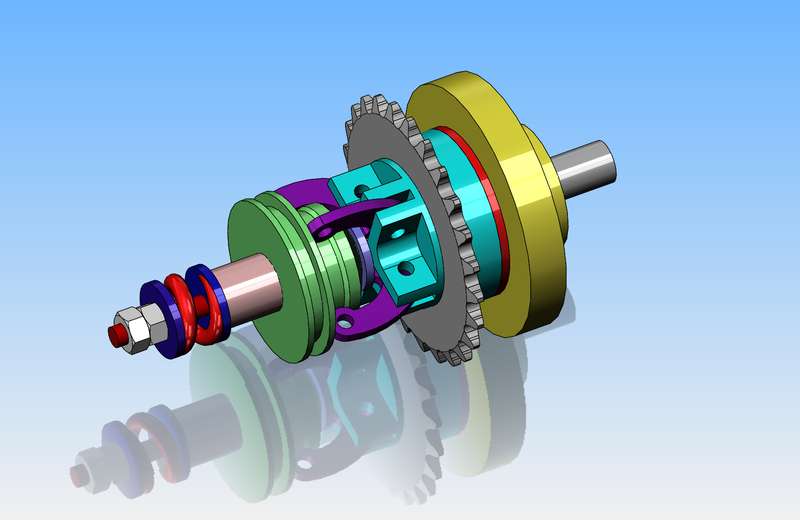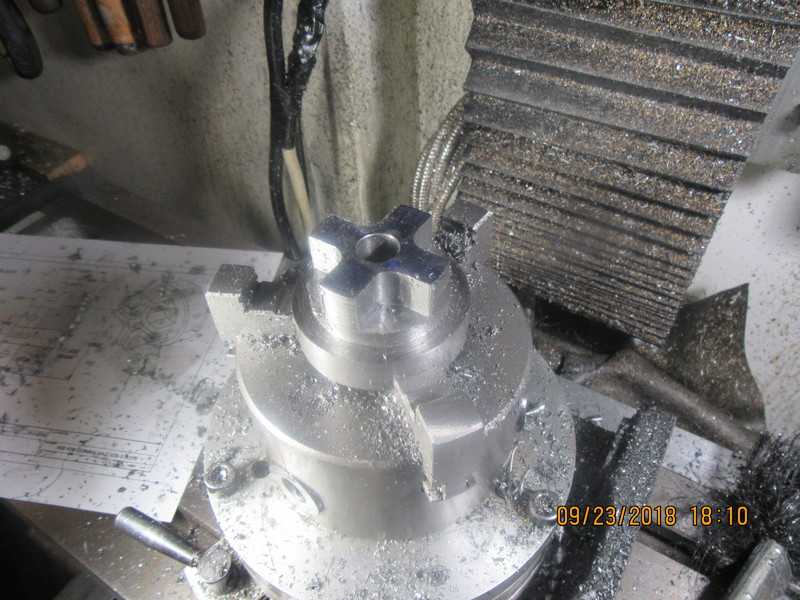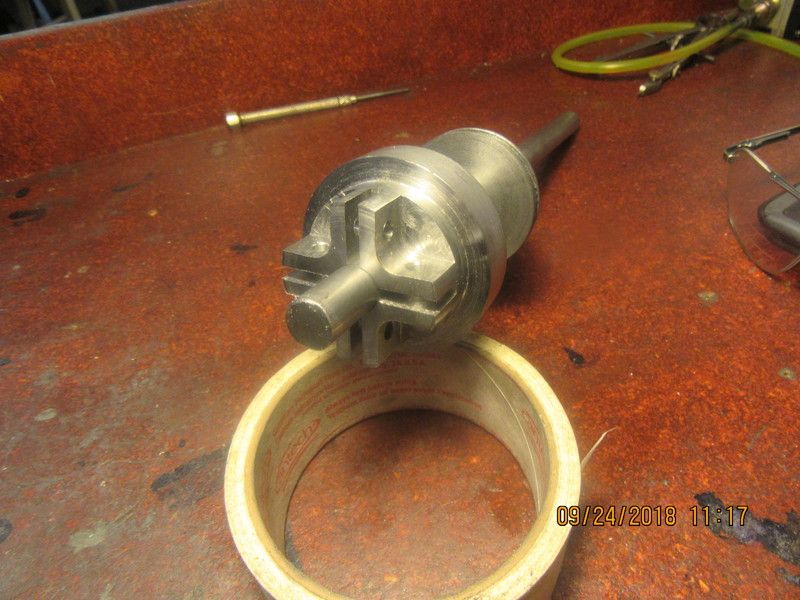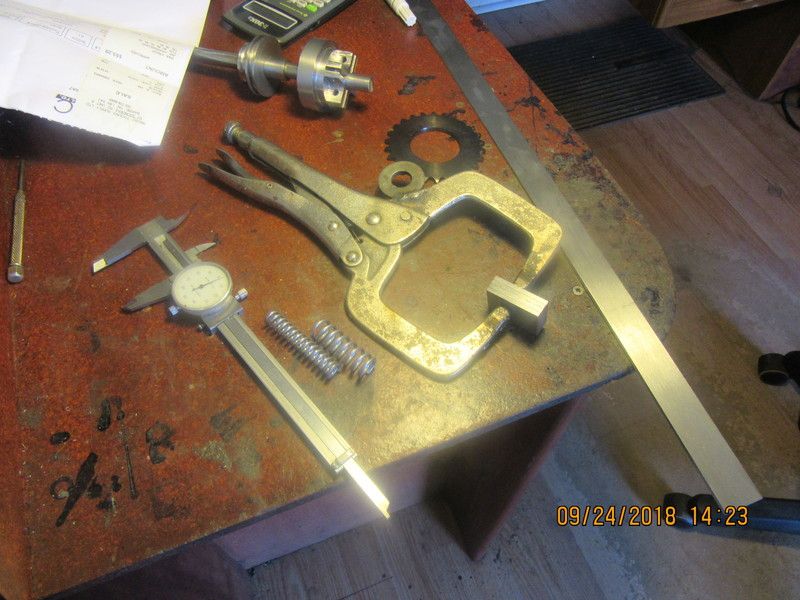While I was working on the dog clutch for my recently built drag saw, I put out a request asking for a good design for a friction clutch that could be "miniaturized". Some kind hearted soul from another forum sent me a link to a one page document, which shows setting up instructions for exactly what I was looking for, which surprisingly enough was a friction clutch used on a drag saw. It must be about 100 years old, and will totally make your head explode trying to figure out how it works. It is a great design, because it not only engages the clutch, but a secondary and very beneficial effect is that it "traps" the clutch handle and won't let the clutch accidently disengage until the operator wants it to. This is my interpretation of the mechanicals of this clutch, and an attempt to build one.
http://www.herculesengines.com/hercules/NewManual/page_58.html
http://www.herculesengines.com/hercules/NewManual/page_58.html





